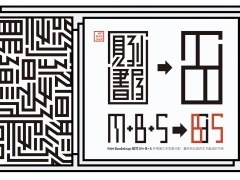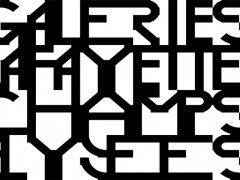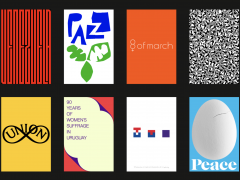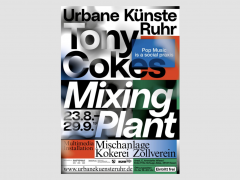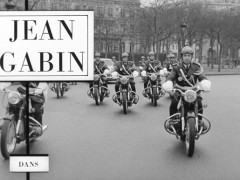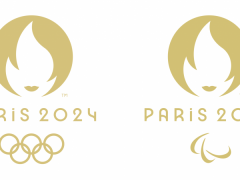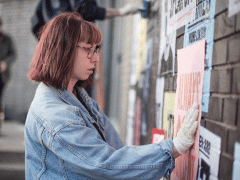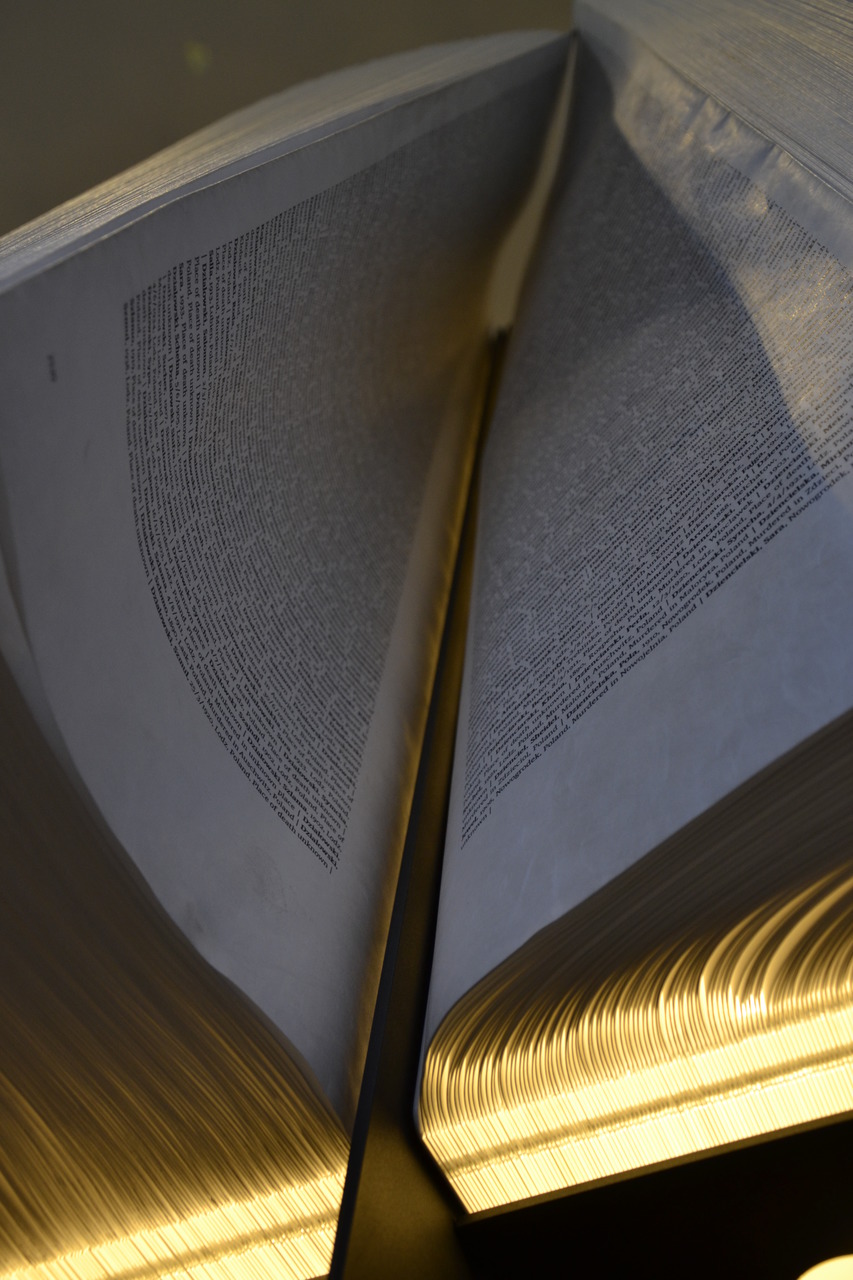Auschwitz: typography in the fight over remembrance of the Holocaust
Back in 2013 an exhibition presenting Holocaust from several aspects opened its gates to the public in block 27 of Nazi death camp in Poland.
“It's an extremely new perception of an exhibition. It doesn't tell a story like in a history book. It's a very strong place for education, for conveying awareness of the Holocaust,” commented Piotr Cywiński, director of the Auschwitz-Birkenau Museum, ahead of the opening of the permanent exhibition named “Shoah” in the death camp's Jewish block.
It all started in April 2010. Following a competition, held by Yad Vashem museum, Studio de Lange was nominated to plan and design the permanent exhibition in block 27, the Jewish pavilion at the Auschwitz-Birkenau State Museum.
“A red-brick building inside the Auschwitz-Birkenau Museum complex, comprising 1,000 m2 spread over two stories, Block 27 is one of dozens of other similar structures at Auschwitz now dedicated by the Museum to relating the wartime experiences of different national groups at the concentration and extermination camp” notes the studio.
“The design within Block 27 of the Polish State Museum was focused on two primary features: simplicity and the senses. Our challenge was to create an exhibition that expresses such a historical event in an unpretentious, clear and accurate manner to the visitors – most of whom are young, non-Jewish, European citizens.”
“The results of collaborative effort with experts from the fields of architecture, art, communications, typography and cinema as well as specialist engineers, voice and sound technicians, acoustical experts and more, are spaces with clean, minimalist lines that impart the historical facts clearly and directly.”
“The 'Book of Names' designed by Prof. Chanan de Lange, is a site specific installation that brings out Yad Vashem’s mission of collecting the name of each and every individual Shoah victim. This project, ongoing for six decades, has resulted in the recording of 4.2 million names so far – a remarkable accomplishment, but one that is not simple to impart experientially.
“Our goal was to create a permanent memorial to these murdered Jewish men, women and children – one that would encompass both their inconceivable numbers as well as their individual identities. Every name, birth date, home town and place of death is clearly printed on the meter-high pages, illuminated by a gentle strip of light that lies between each page.”
The monumental size of the exhibit – 58 volumes of 140 pages each, 500 names per page, measuring 2m high and 14m in circumference is impressive and haunting, a reminder of the Holocaust, also known as the Shoah, aka the World War II genocide of the European Jews.
In 1978, the Polish authorities decided to turn block 27 in Auschwitz into an exhibition dedicated to the Jewish victims of the death and concentration camp.
The permanent exhibition in block 27, the Jewish pavilion at the Auschwitz-Birkenau State Museum is open to the public since July 2013.
“On the morning of January 27th, 1945, the first Red Army soldier walked into Auschwitz death camp, and the 7,500 remaining prisoners knew they were finally free” writes TIME of the 75th anniversary of a liberation that we must -and we will- remember because this is the last fight to rule them all.
The fight to acknowledge that Holocaust happened and those who survived must win their last struggle for all -the fight over remembrance.
Tags/ typography, exhibition, book, auschwitz, holocaust, nazi, poland, auschwitz-birkenau state museum, studio de lange



